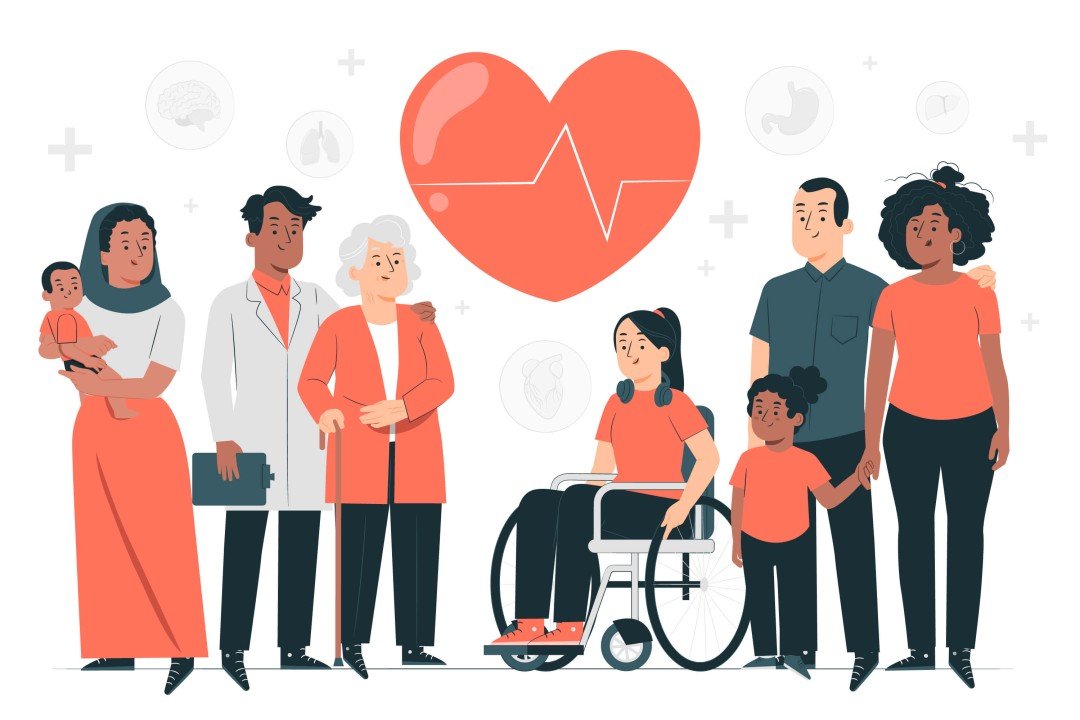Interactive Response Technology, commonly referred to as IRT, has brought a affected change in the way organizations communicate with their target audiences. IRT is used in education, healthcare, marketing, customer services, and more to convert the communication process to real-time and enjoyable. In this article, we will discuss the basics of interactive response technology, its uses, advantages, and possible applications in the future.
Interactive Response Technology Introduction
Interactive Response Technology means technologies and solutions that enable instant communication between a user and an application. These systems are intended to capture, analyze, and offer responses to users’ inputs in the shortest time possible. Some examples of self-service applications are polling software, automatic response chat boxes, and IVR systems.
IRT has gained popularity for its ability to empower users, enhancing communication processes and increasing interest through personalization. It bridges the communication gap between one-way, one-voice information dissemination and the modern two-way dialogue, giving users a sense of control and confidence.
Core Components of IRT

- User Input Mechanisms: These include touchscreen interfaces, voice interfaces, text interfaces, and click interfaces.
- Processing Units: These systems take input from users and decide what response should be made. AI and ML usually drive these units to guarantee perfect performances at appropriate times.
- Output Channels: These return replies to the user, which can be in the form of an audio message, a message of visual type, or a text.
How IRT Works
The process typically involves:
- User Interaction: A user provides information, asks questions, or enters data.
- Data Analysis: It often analyzes the input, calling forth algorithms or data in storage.
- Response Delivery: A personalized message is produced and relayed to the user.
Uses of Interactive Response Technology
IRT, or Interactive Response Technology, has many uses in different fields, improving the quality of companies’ services and customer experience.
1. Education
In this context, IRT is returning education to a more creative form of highly interactive learning. Classroom polling systems, online quizzes, and discussion forums enable students to participate actively.
- Real-Time Feedback: Teachers may check learners’ comprehension using the live polls or quizzes while teaching.
- Customized Learning: The adaptive learning platforms apply IRT to enable the delivery of content based on the learner’s performance.
2. Healthcare
In healthcare, IRT is critical to patient relationships and care coordination.
- Appointment Scheduling: Self-scheduling and self-check-in can be made through IVR systems or chatbot interfaces, providing a convenient and comfortable experience for users.
- Health Monitoring: Smart wearables connected to IRT allow for the capture of the patient’s health status and display it as useful information.
- Patient Surveys: I found that hospitals use IRT to gather feedback that proves the quality of their service delivery.
3. Customer Service
Interactive Response Technology remains a crucial innovation for customer service as it automates repetitive customer relation tasks and increases customer satisfaction.
- Chatbots: These technologies can respond to inquiries, address customer concerns, and direct them on what to do appropriately.
- IVR Systems: Common in most call centers, the IVR technology diverts calls, answers frequently asked questions, and cuts on the number of rings.
- Surveys and Feedback Tools: Companies collect information on customers’ choices and satisfaction.
4. Marketing
Regarding marketing, IRT is a powerful tool for engaging the audience and gathering information.
- Interactive Ads: Consumers engage with advertisements and hence have high click-through rates and, therefore, higher conversion rates.
- Gamified Campaigns: Marketers employ quizzes, polls, and contests to improve the turnout.
- Customer Insights: Information collected through IRT helps market the products and create new products.
5. Events and Conferences
Interactive Response Technology enables engaging the target audience in events and conferences through polls and questions and answers.
Advantages of an Interactive Response Technology
The widespread adoption of IRT is driven by its numerous advantages:
Enhanced Engagement
IRT creates active participation and enhances the interaction part of the communication, making it richer. In general, it adds a personal feeling to a class, a meeting, or a project, and when answering a customer’s request, users will feel more appreciated.
Improved Efficiency
Robotic processes make tasks easy, fast, and efficient, such as responding to repetitive questions, planning or organizing appointments, or launching surveys.
Personalization
IRT uses data to provide recommendations for enhancing the experience while engaging with its consumers. For example, teaching systems change the way content is delivered based on the student’s learning preferences, and there are mobile applications to offer recommendations of how healthy a person should be.
Cost-Effectiveness
When work is repetitive, automation reduces costs for the organization so that human personnel can be deployed on higher duties.
Scalability
IRT System designs are flexible and can be integrated into small or large organizations. As more people use technology to do their transactions, it can supply the demands required to facilitate those transactions.
Difficulties of Applying IRT

Despite its benefits, implementing Interactive Response Technology comes with challenges:
Data Security and Privacy
Since IRT systems tend to capture a vast amount of user data, strong security needs to be implemented to guard against security breaches and, subsequently, loss of trust.
Technical Limitations
It is common for systems to interpret inputs as something other than intended and to provide wrong outputs in some cases. Understanding and addressing these technical limitations is crucial for the successful implementation of IRT.
User Resistance
Some customers might be afraid to deal with robots or AI and wish to stick with people-to-people communication. Understanding and addressing potential user resistance is important for the successful adoption of IRT.
Integration Complexities
Adapting IRT to current IT environments and processes may take considerable time and needs an expert.
The Future of Interactive Response Technology
The future of Interactive Response Technology is promising, with a continued focus on Artificial Intelligence, Natural Language Processing, and the Internet of Things. This future potential should leave the audience feeling optimistic and excited about the possibilities of IRT.
AI and Machine Learning
AI and ML will improve the IRT system’s capacities, allowing better predictions, more natural dialogues, and improved responses.
Voice and Gesture Recognition
Voice and gesture recognition technologies shall also improve so people can interact with those devices seamlessly.
IoT Integration
With the increasing number of IoT devices, IRT can cater to the needs of managing smart environments ranging from homes, offices, cities, and many more.
Enhanced Personalization
Subsequent IRT systems will build on these insights to provide even more detailed and granular personalization to generate higher user satisfaction and engagement.
Expansion Across Industries
In today’s world, IRT is most widely applied in education, healthcare, and customer service, but in the future, it is likely to be used in manufacturing, retailing, and entertainment.
Conclusion
Interactive Response Technology has enabled us to interact, engage, and operate in various contexts and domains. Organizations can change how users interact with them through tools and systems that support real-time interaction and collaboration; this will help them deliver improved user experience, organization efficiency, and business competitiveness in an increasingly digital environment. As the technology continues to evolve, the potential for innovation and growth remains boundless
























